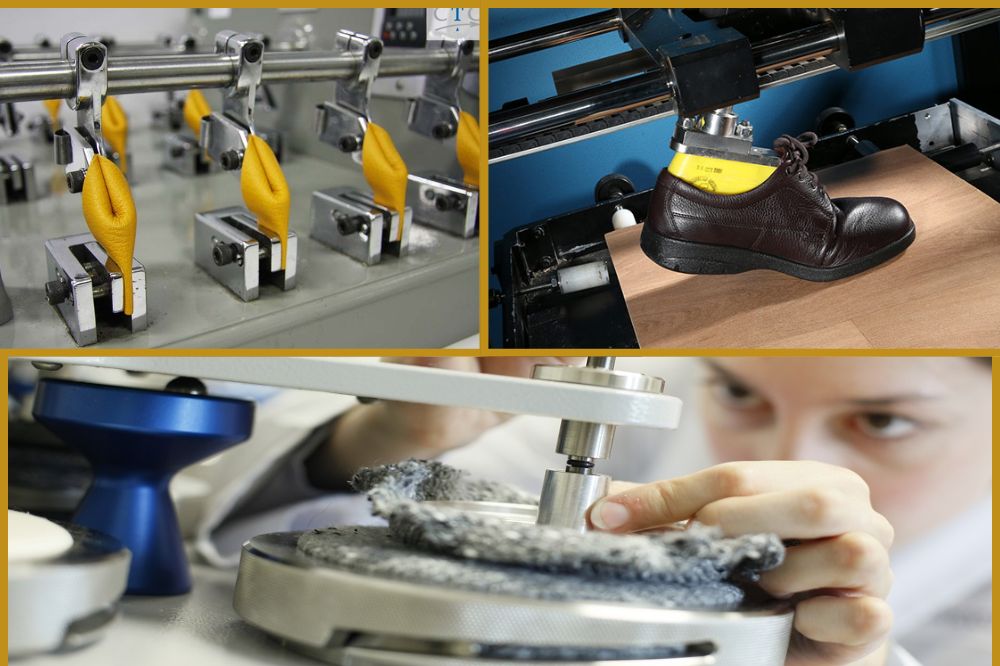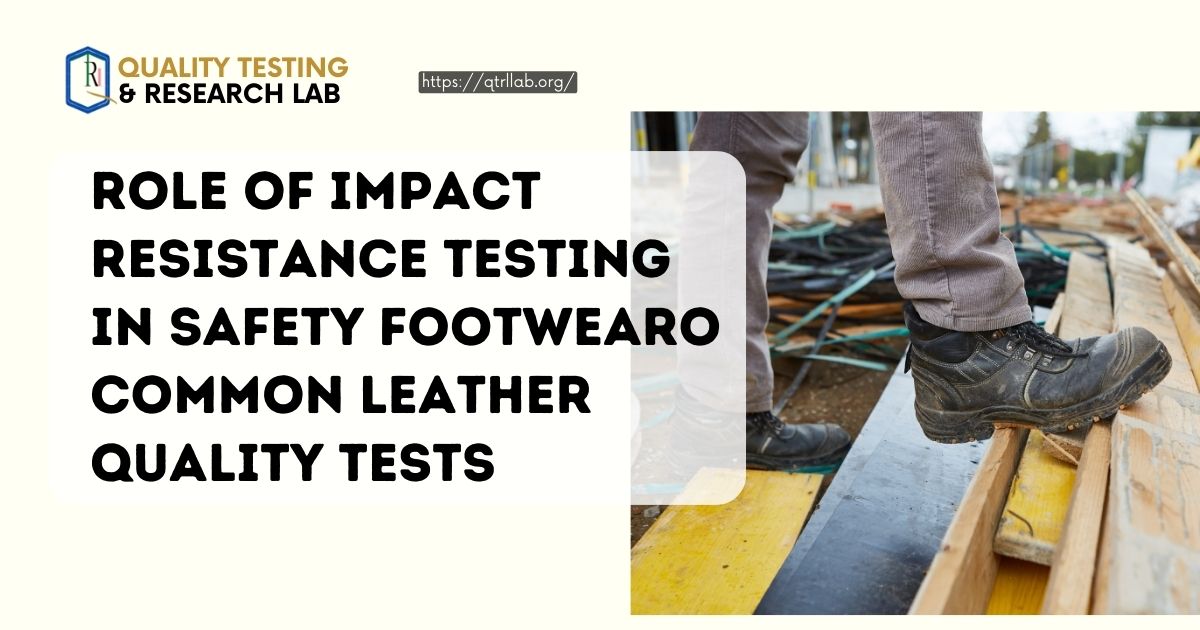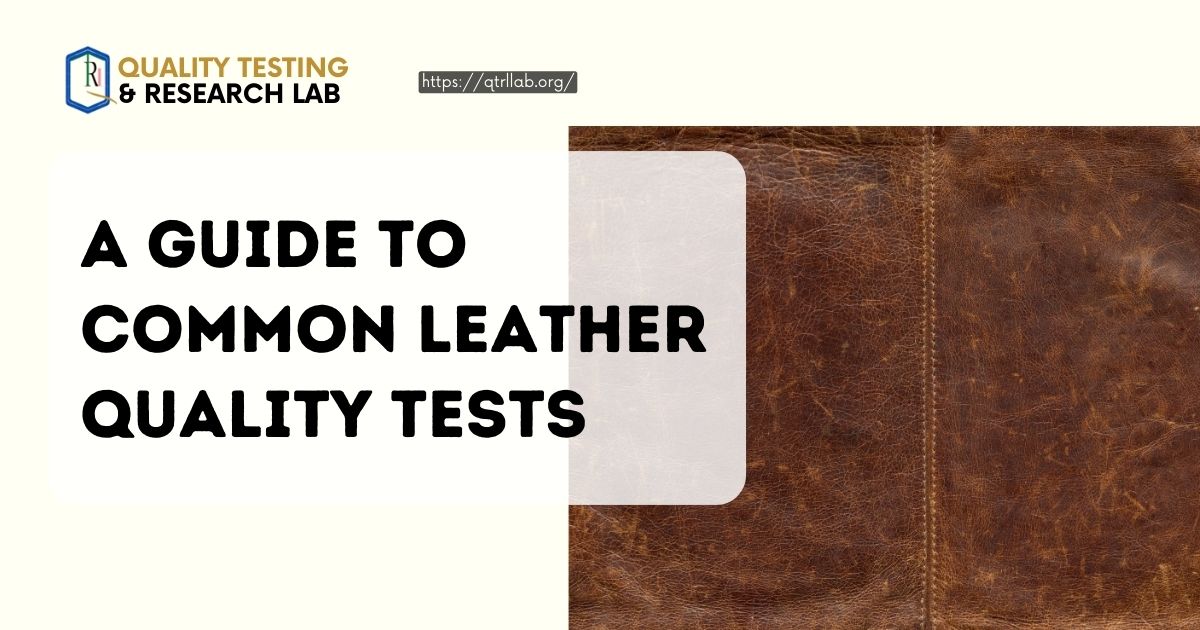Introduction
In recent years, the fashion industry has witnessed a significant shift towards sustainable and eco-friendly alternatives. One such revolutionary development is the rise of vegan leather. Derived from plant-based or sustainable sources, vegan leather serves as an ethical and environmentally conscious substitute for traditional animal leather. This article delves into the intricacies of vegan leather, exploring its composition, benefits, and the stark differences when compared to conventional leather.
What Is Vegan Leather?
Vegan leather, often referred to as artificial, synthetic, or “faux” leather, is a product crafted from agricultural waste products and sustainable biomaterials. Unlike traditional leather, vegan leather is produced without using any animal by-products, making it both environmentally friendly and cruelty-free. The following sections detail the diverse raw materials employed in the creation of vegan leather.
Raw Materials for Vegan Leather
- Polyurethane and Polyvinyl Chloride (PVC)
- Overview: Synthetic leather is commonly produced using recycled plastic materials like polyurethane and polyvinyl chloride.
- Considerations: Some individuals opt to avoid this form of vegan leather due to its association with the depletion of fossil fuels.
- Cork
- Overview: An excellent alternative to both plastics and animal skin, cork is sourced without damaging corkwood trees.
- Cactus
- Overview: Cactus stands as an innovative replacement for animal skin in crafting vegan leather.
- Kombucha Cellulose (SCOBY)
- Overview: Derived from the fermentation of sweet tea, Kombucha cellulose is a fully biodegradable option for vegan leather.
- Mushroom (Mycelium)
- Overview: Mycelium, the network of threads in mushrooms, is processed to closely resemble animal leather in appearance and strength.
- Pineapple (Pinatex)
- Overview: Pineapple leather, also known as Pinatex, utilizes natural pineapple leaf fibers, petroleum resin, and thermoplastic polyester.
- Yeast Collagen
- Overview: Biofabricated vegan leather can be created using collagen obtained from yeast in a laboratory.
- Silicone
- Overview: Silicone leather, made from refined silicone material, is eco-friendly and durable compared to plastic-based alternatives.
- Bacterial Cellulose and Agricultural Waste
- Overview: Similar to SCOBY, bacterial cellulose can be harvested, dried, and used to produce vegan leather. Agricultural waste like maple leaf pulp and fruit pulp can also serve as viable sources.
Vegan Leather vs. Leather: The Difference
Conventional leather, prized for its warmth, breathability, and durability, is derived from animal skin. However, the leather industry raises significant environmental and ethical concerns. Farming for leather production contributes to greenhouse gas emissions and requires substantial resources, including water and energy. Moreover, the tanning process involves chemicals that can lead to pollution.
Vegan leather, on the other hand, offers a more sustainable alternative. Its production is energy and water-efficient, utilizing natural fibers, agricultural waste, and recyclable materials. Although some plastic-based vegan leathers aren’t fully biodegradable, the increasing popularity of non-plastic alternatives addresses this concern.
Environmental Impact and Benefits of Vegan Leather
The environmental advantages of vegan leather are evident in its production process. The reduced need for resources, lower carbon footprint, and cruelty-free practices make it a compelling choice for environmentally conscious consumers. Additionally, the diverse range of materials used in vegan leather production allows for a versatile and stylish array of products.
Conclusion
In conclusion, understanding the nuances of vegan leather is essential for consumers seeking sustainable and cruelty-free alternatives in the fashion industry. The diverse array of raw materials and manufacturing methods contribute to a product that not only aligns with ethical values but also showcases innovation in sustainable fashion. As the demand for eco-friendly options continues to rise, vegan leather stands as a testament to the industry’s commitment to a more sustainable future.






